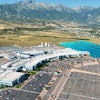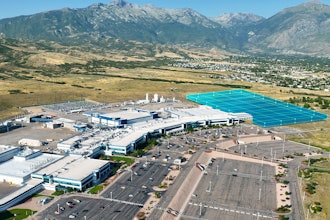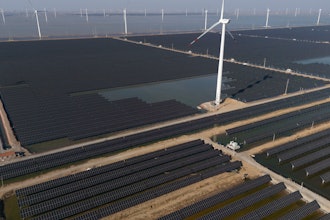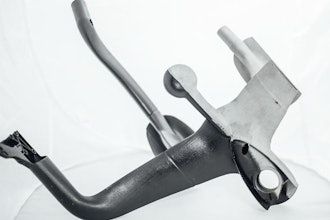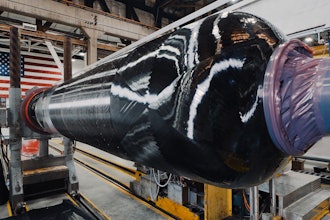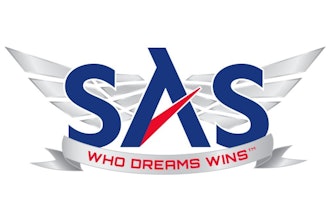Huntington Ingalls is regarded as the largest shipbuilder in the U.S. And if a recent suit filed against the company comes to fruition, it will also be responsible for one of the largest fraud cases against a military supplier in recent history.
For nearly 10 years, submarines from the company’s shipbuilding facility in Newport News, Virginia have struggled to maintain the sound-dampening coating applied to their hulls. The coating, which resembles foam rubber, is designed to absorb sonar waves sent from enemy ships. With no sound pinging off the hulls, these ships are much more difficult to detect.
The problem, according to the complaint, is that Huntington Ingalls never trained their workers to properly apply this Special Hull Treatment. This led to the coating slipping off while the submarine was moving, and losing the stealth capabilities it relies upon in delivering troops or performing surveillance activities. The suit says Huntington Ingalls was aware of the problem, but falsified tests and certifications to make it look like the coating had been applied correctly to the Virginia-class attack submarines.
Huntington Ingalls and Northrop Grumman, which the company spun off from in in 2011, are being sued for over $100 million for allegedly misleading the federal government and violating the federal government's False Claims Act.
The qui tam lawsuit, which means it rewards whistleblowers in successful cases where the government recoups damages due to fraud, is being brought by Ari Lawrence. The senior engineer worked at Huntington Ingalls until 2017. He claims he was pressured to keep quiet about the issues, had a promotion blocked, and was re-assigned after raising concerns.
The suit was initially struck down by federal judge in Florida earlier this month, but it also requested a new filing by October 15. Reports by Task & Purpose indicate that the ruling was based on technical issues related to the filing, not the merit of the case.
These attack subs come in at about $2.8 billion each, with plans for 11 more to be built by 2024.



